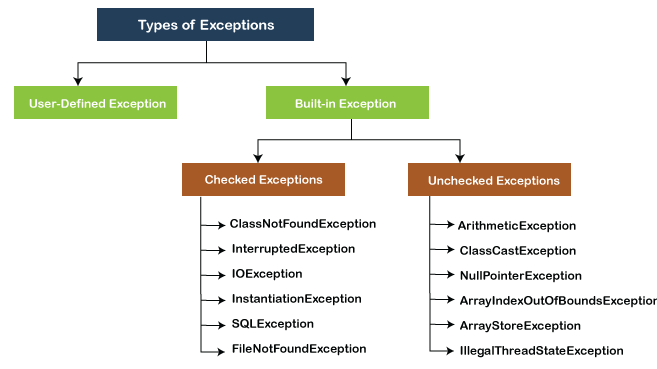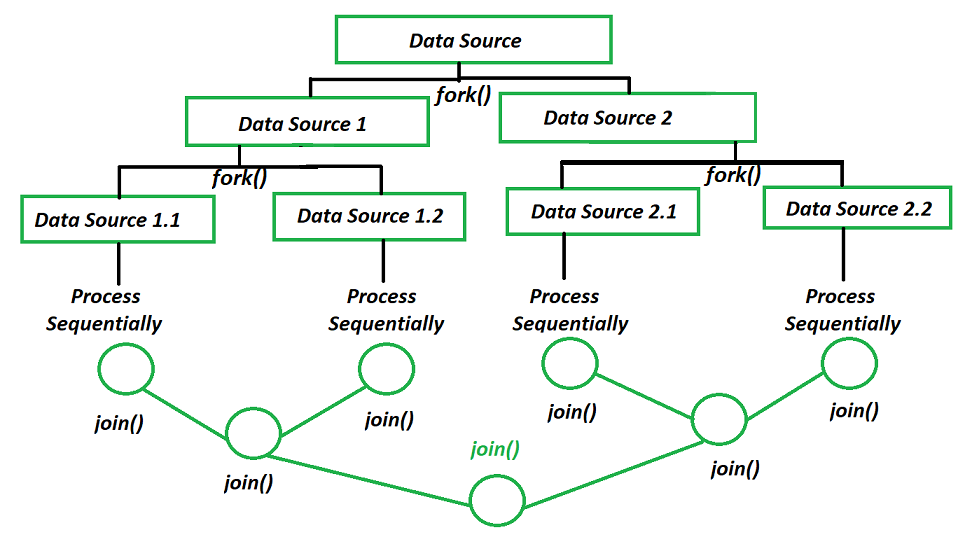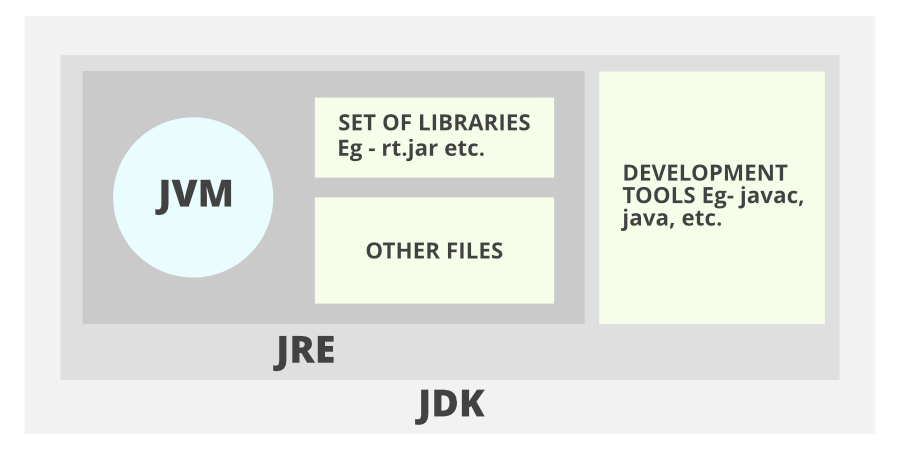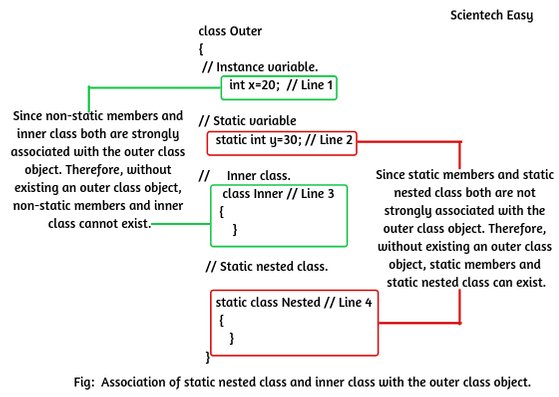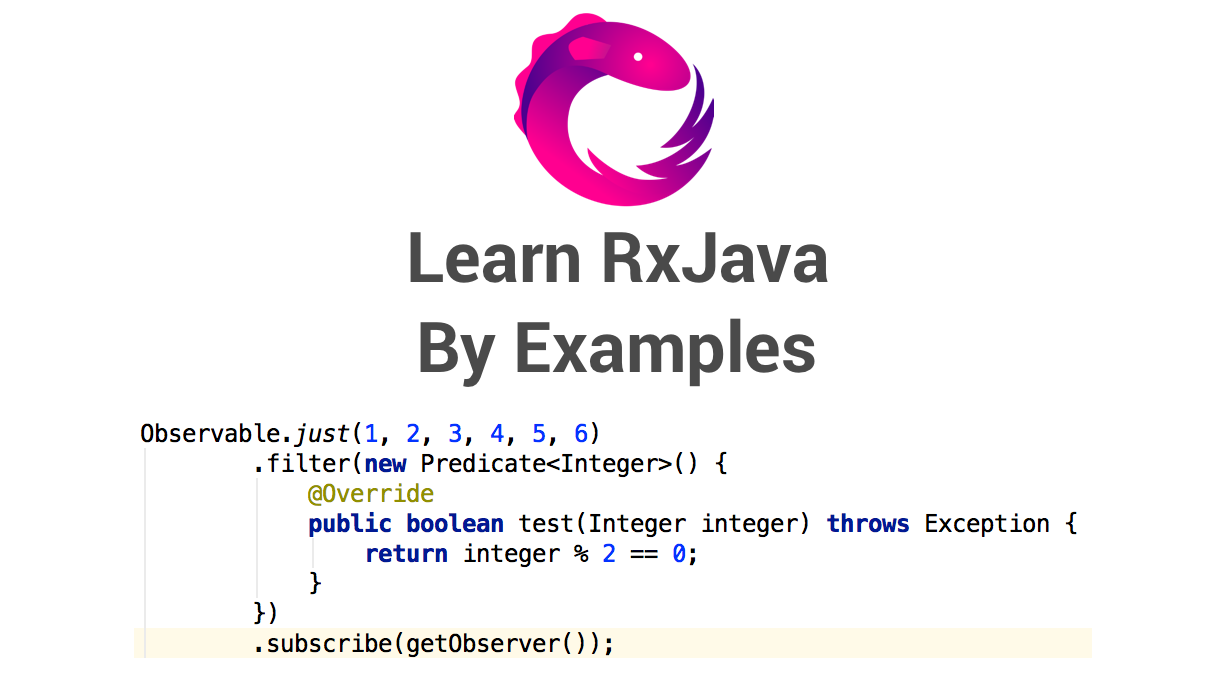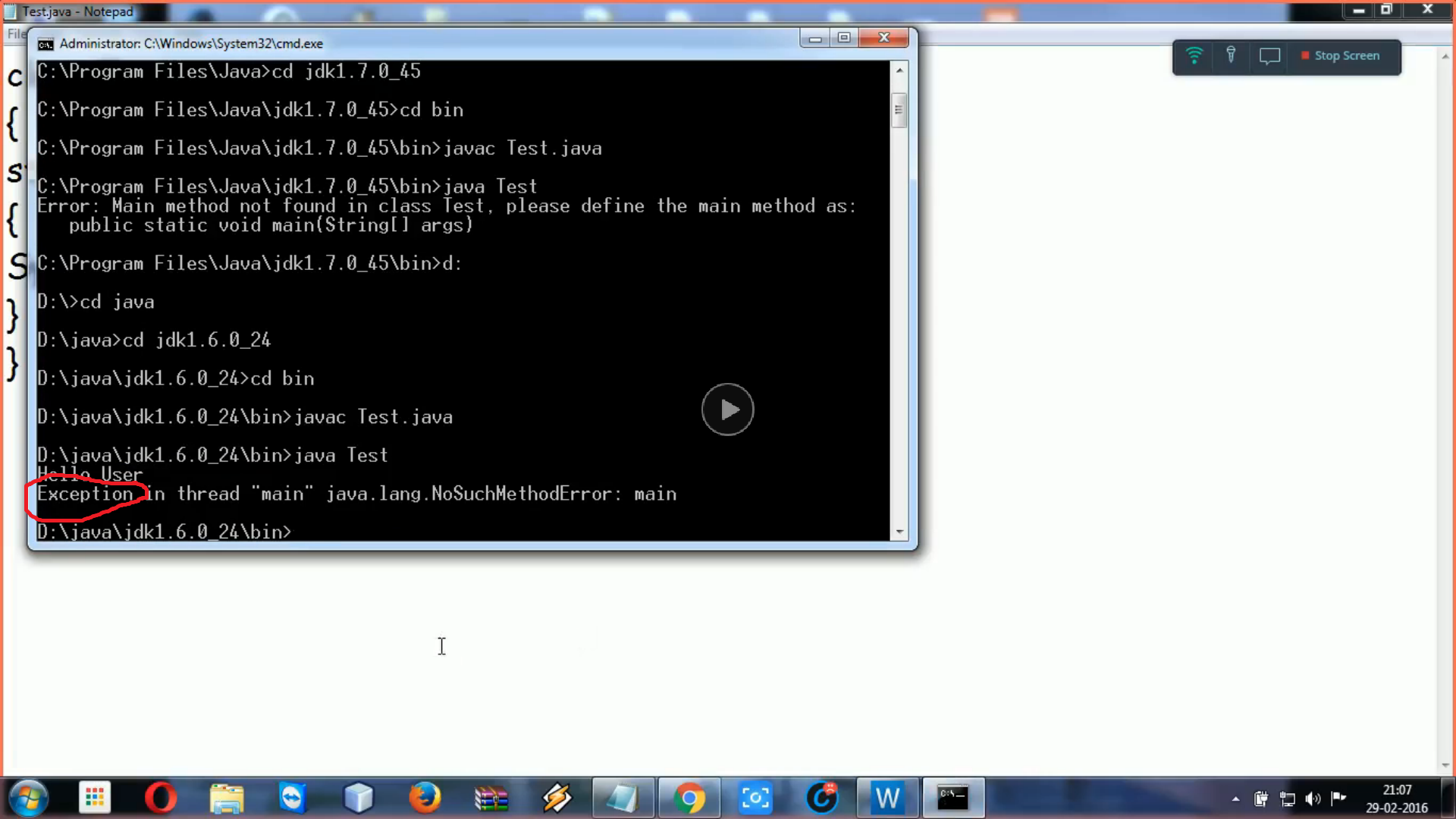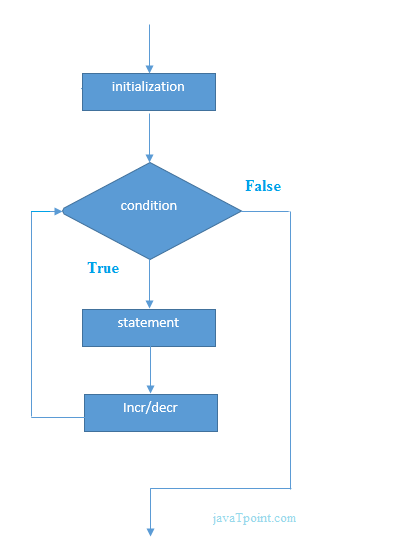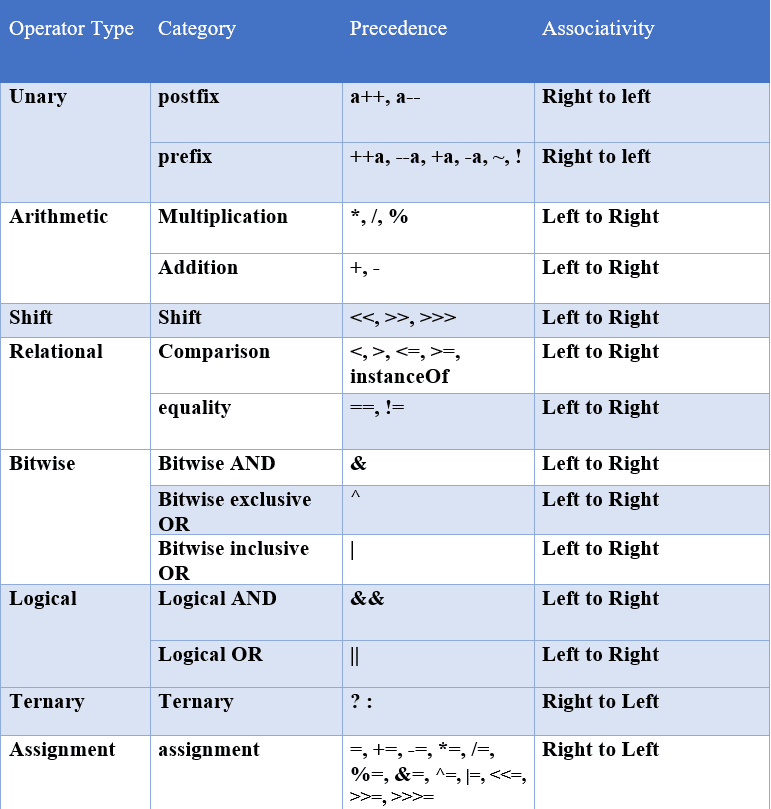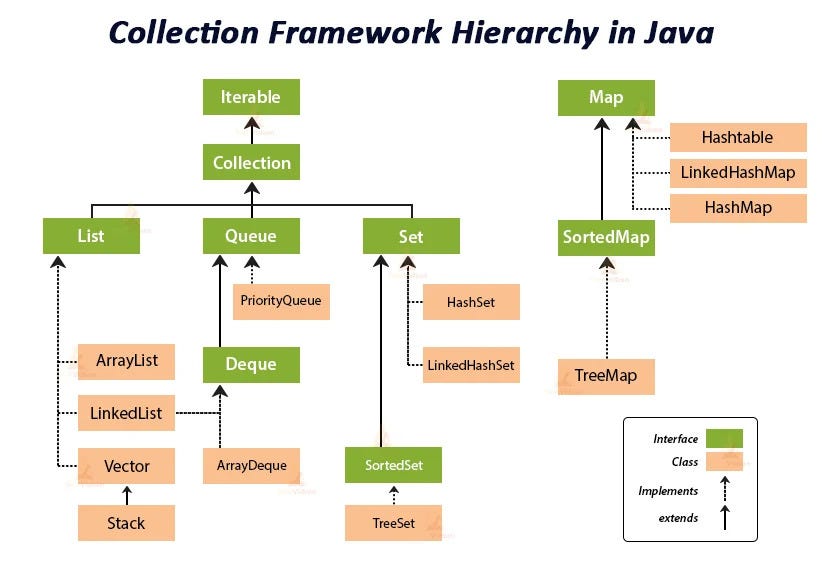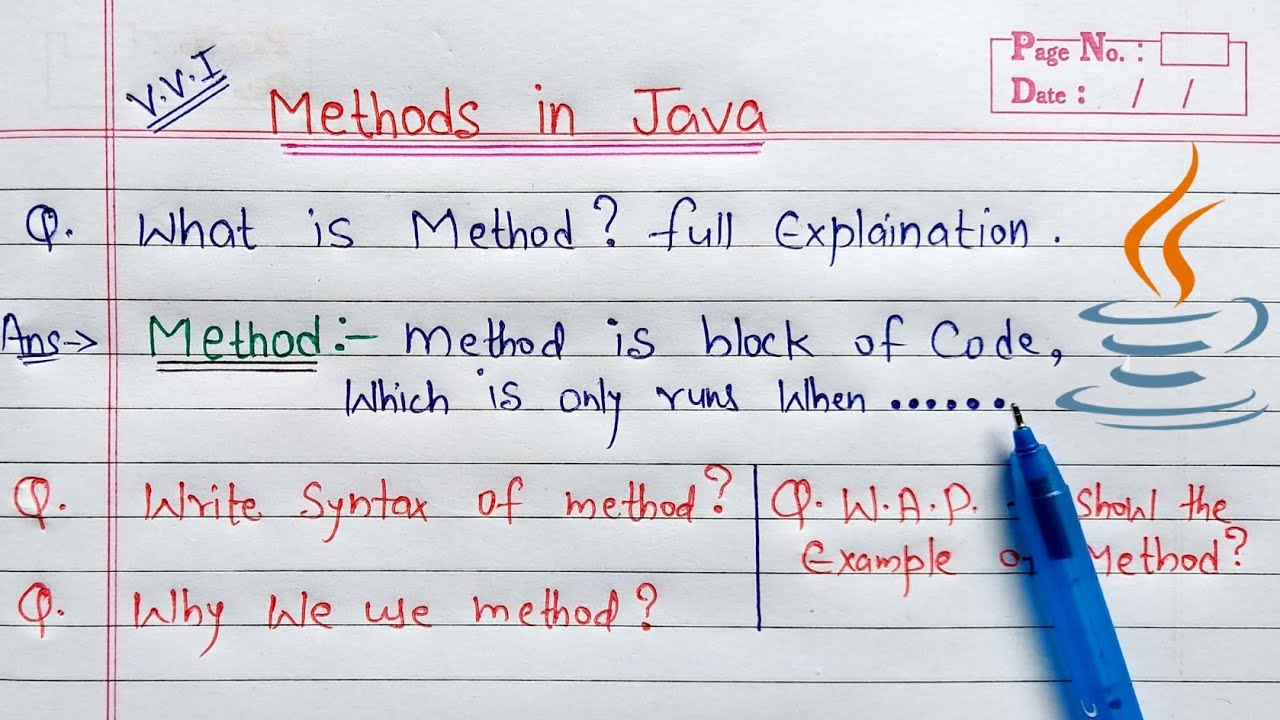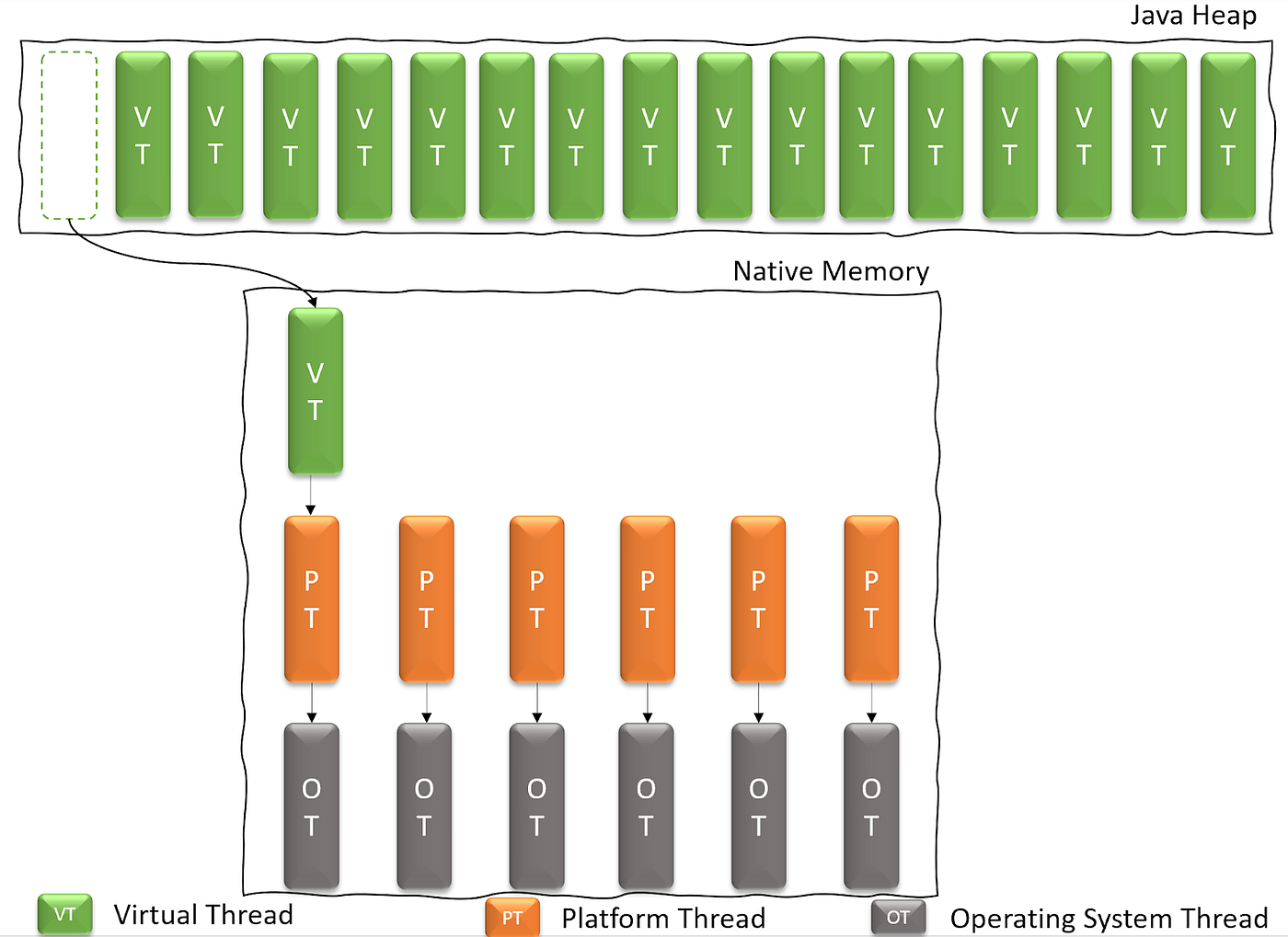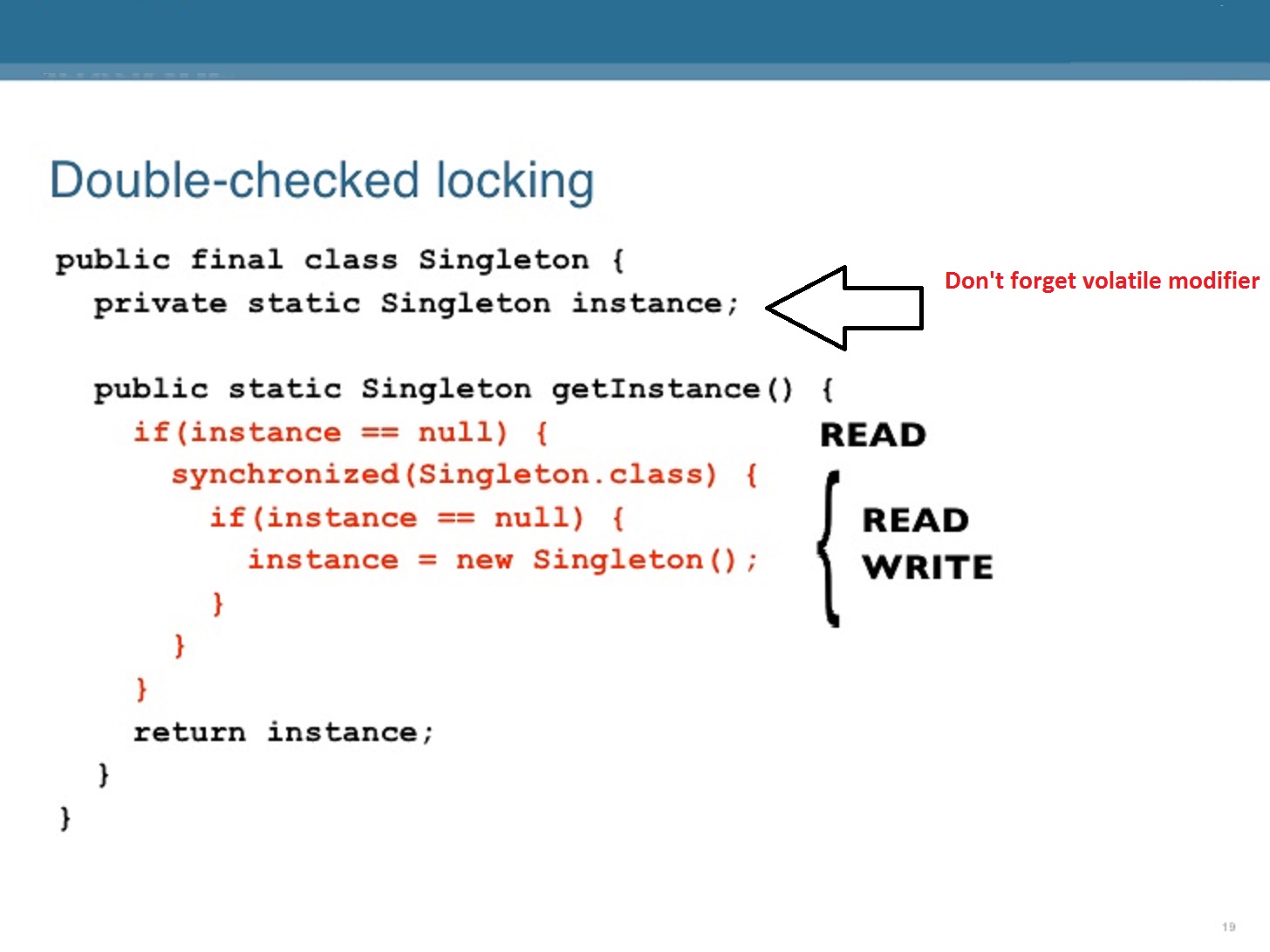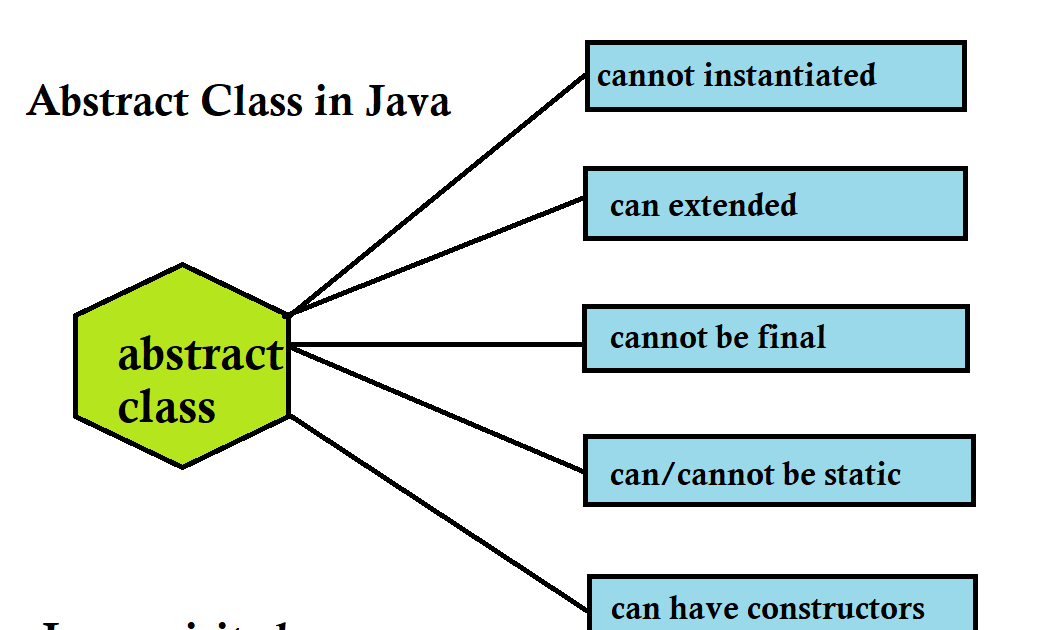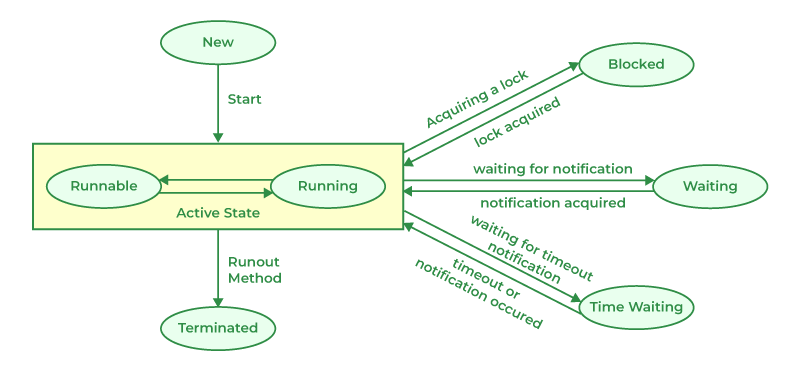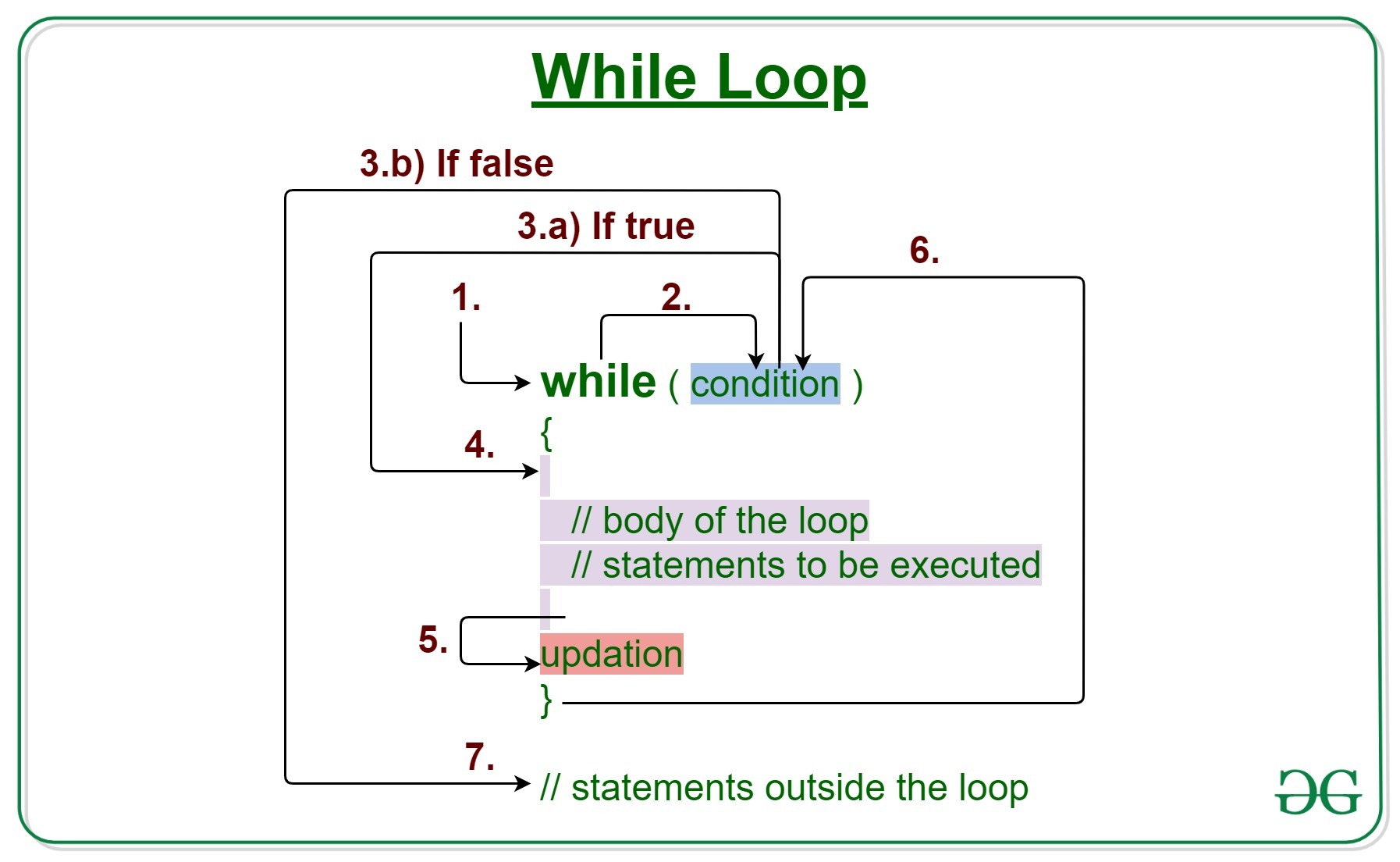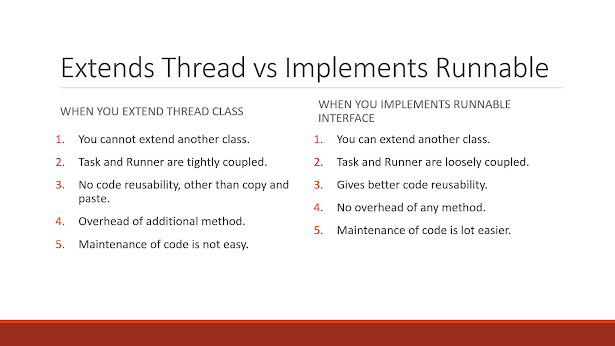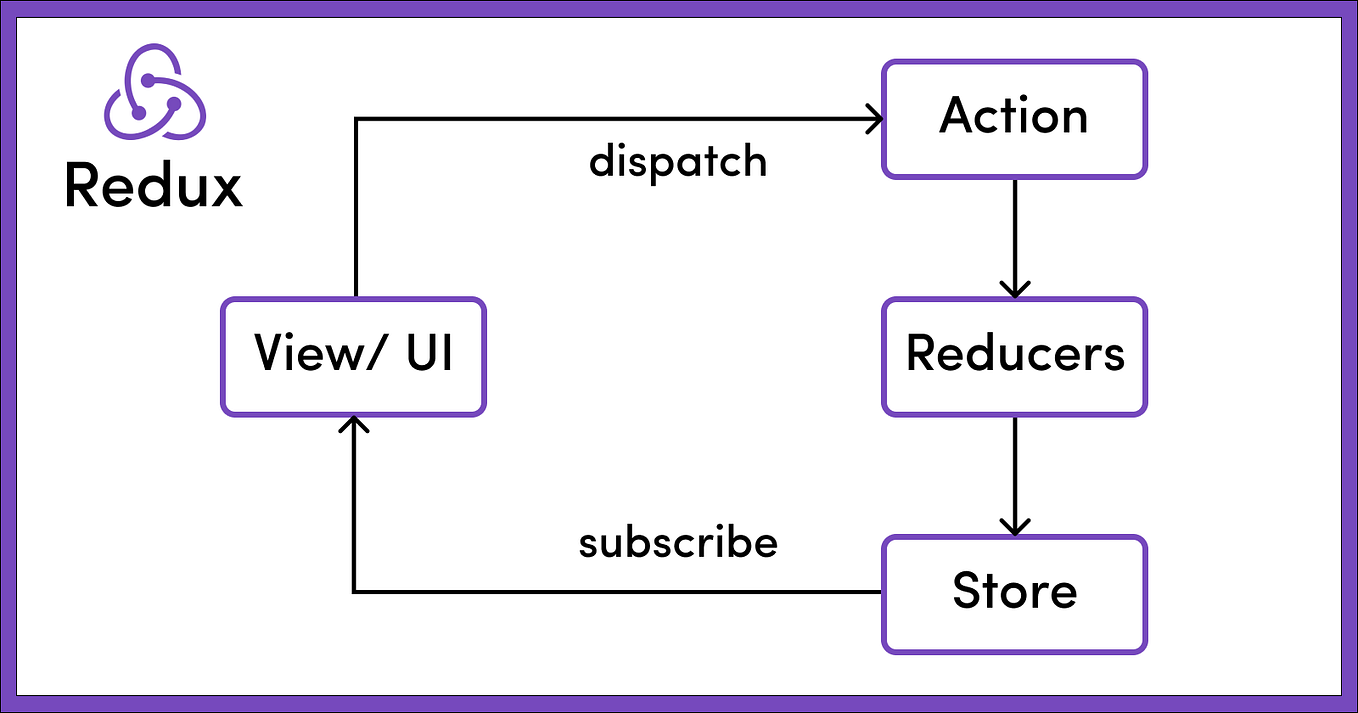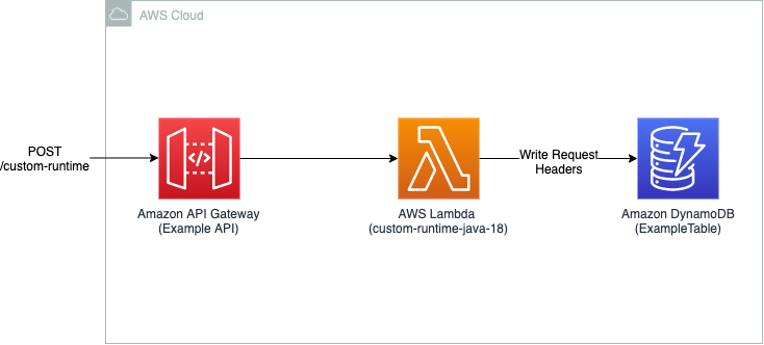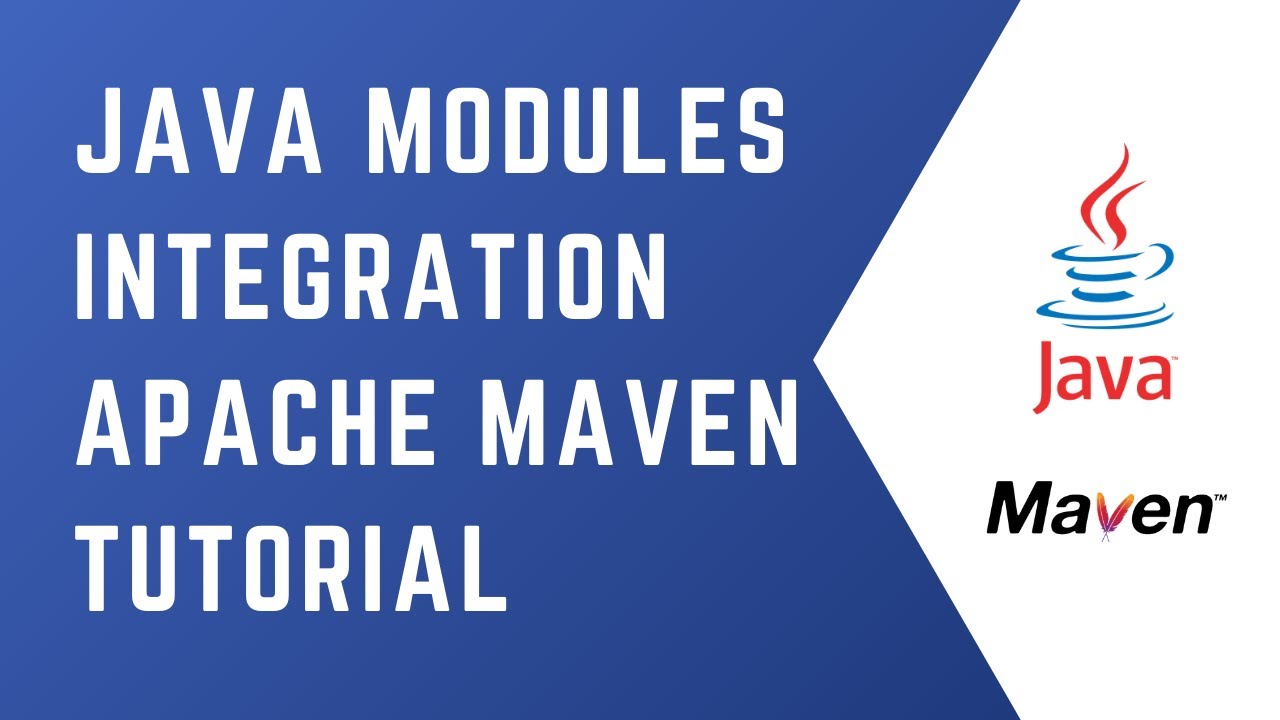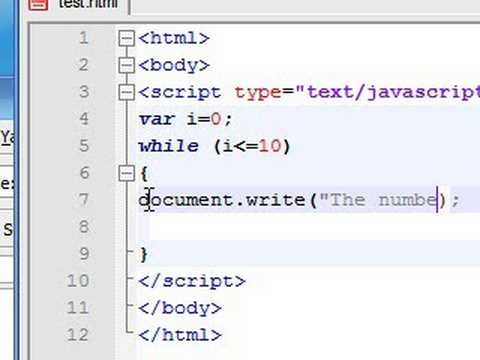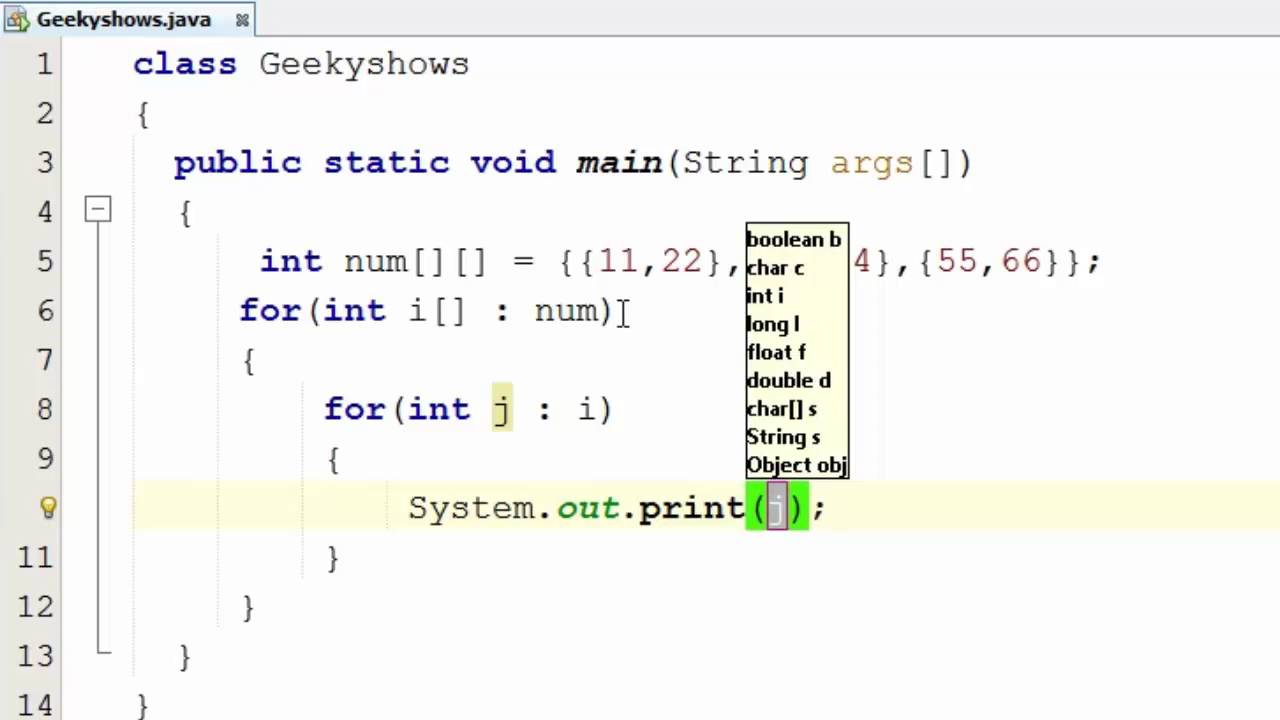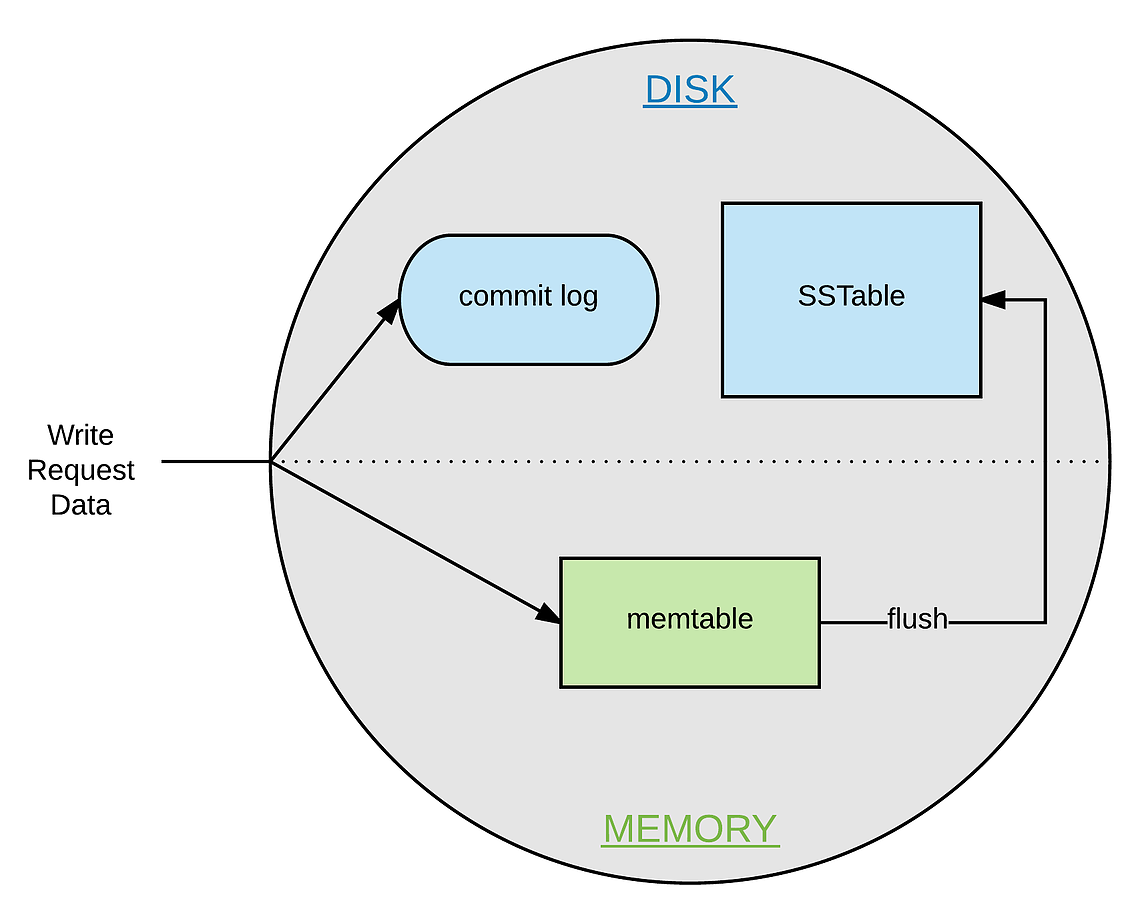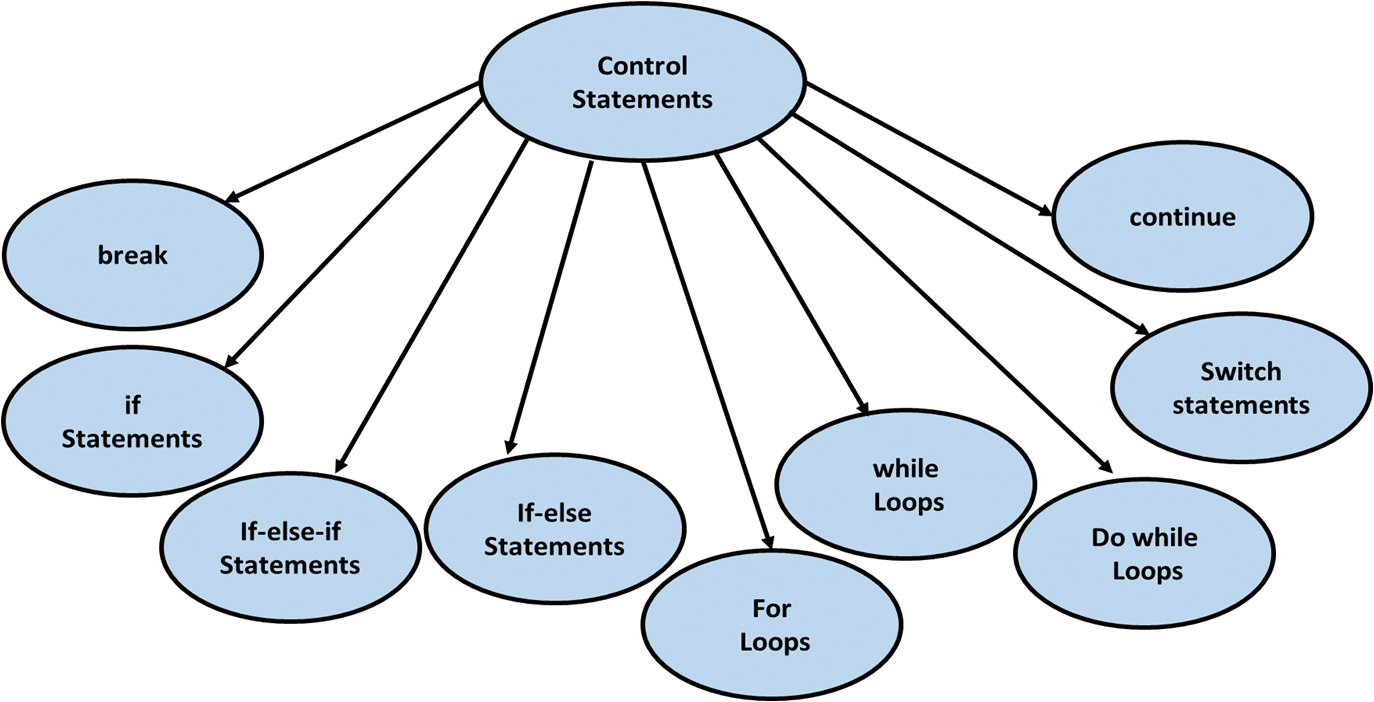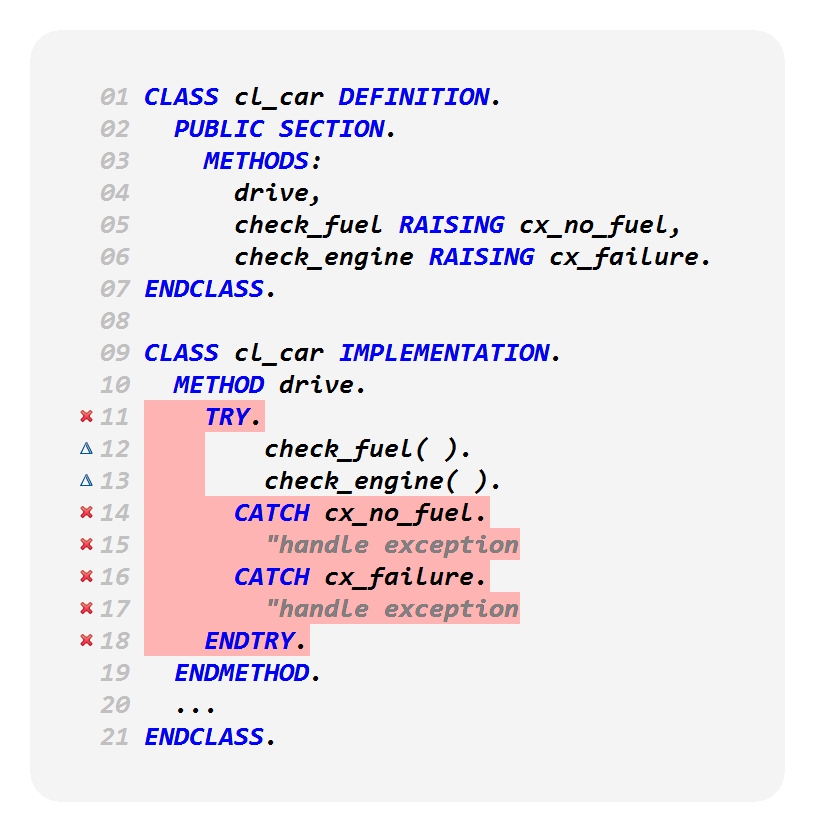How do you define annotation in Java?
How do you define annotation in Java?
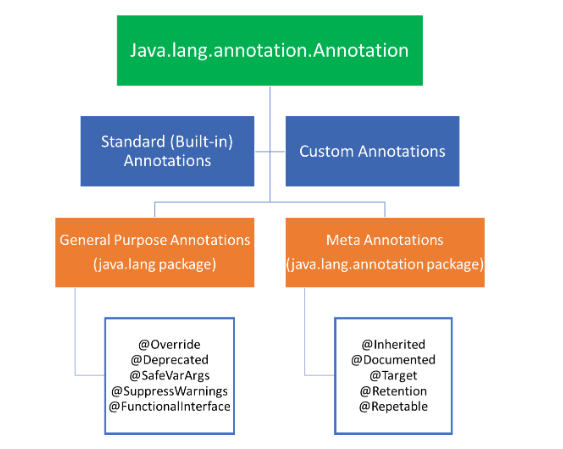
In Java, an annotation is a programmatic way to add metadata to the source code of a Java program. Annotations are used to provide additional information about a class, method, or variable that can be accessed by the compiler, runtime environment, or other parts of the code.
Annotations were introduced in Java 5 (also known as Java 1.5) and are defined using the @ symbol followed by the name of the annotation. Annotations can have attributes or values associated with them, which provide additional information about the annotated element.
There are several types of annotations that can be used in Java:
Marker annotations: These are used to mark a class or method as something specific, such as @Deprecated to indicate that a class or method is no longer supported. Constraint annotations: These are used to specify constraints on the value of an annotated element, such as @Min and @Max to specify the minimum and maximum values for a field. Meta-annotation: This is an annotation that is itself annotated with other annotations.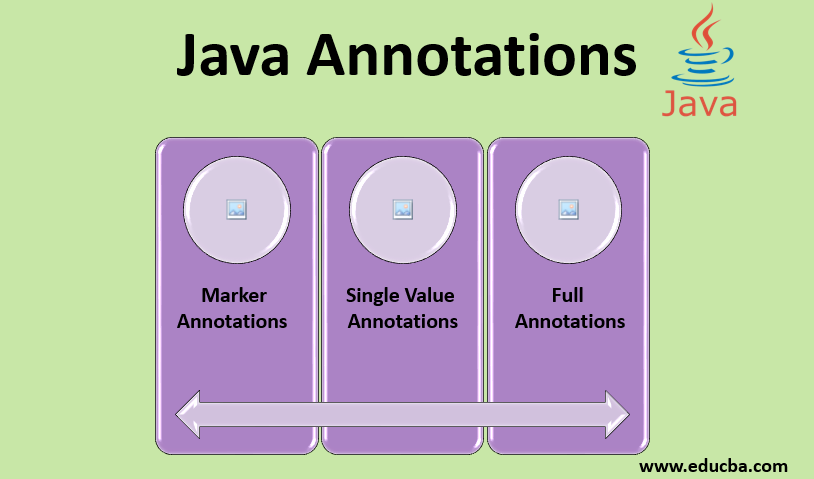
Annotations can be accessed at runtime using Java's reflection API, which allows developers to examine the source code of a program at runtime. Annotations are often used in frameworks and libraries to provide metadata about classes or methods, such as specifying the scope of a method or the type of data it returns.
Here is an example of how annotations might be used:
@Deprecated
public class OldClass {
// ...
}
public class NewClass {
@Min(5)
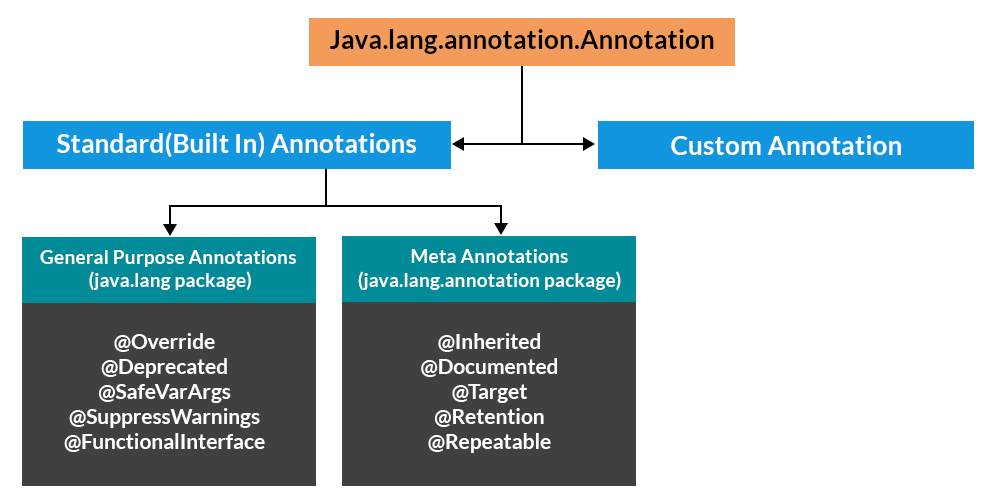
public int getMinimumValue() {
return 10;
}
}
In this example, the OldClass is marked as deprecated using the @Deprecated annotation. The NewClass has a method that is annotated with the @Min constraint to specify that the minimum value returned by the method must be at least 5.
Annotations are used extensively in Java frameworks and libraries, such as Hibernate for object-relational mapping, Spring Framework for dependency injection, and Jackson for JSON processing. They can also be used to implement custom logic or policies for classes or methods, making them a powerful tool in Java programming.
In summary, annotations in Java provide a way to add metadata to the source code of a program, which can be accessed at runtime using Java's reflection API. Annotations are used extensively in Java frameworks and libraries, and can be used to implement custom logic or policies for classes or methods.
Can Java, annotations have methods?
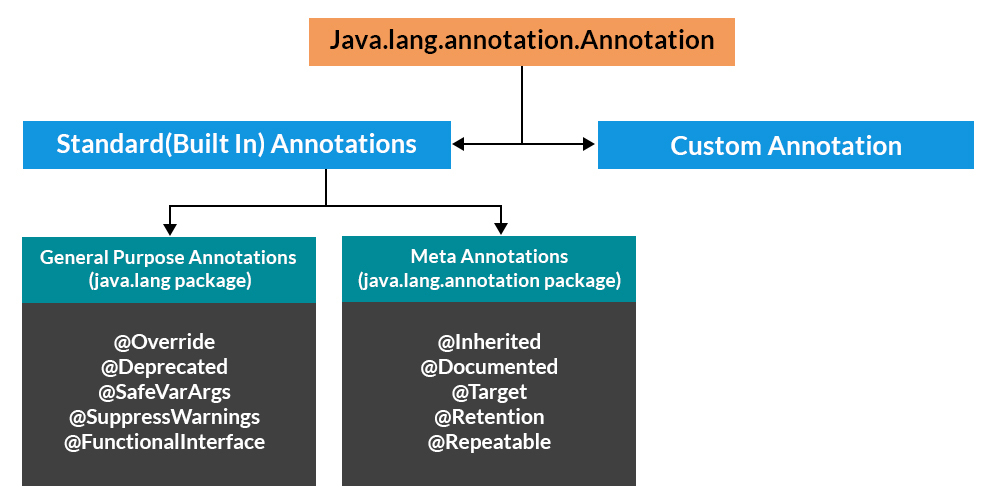
I'm happy to help!
In the context of Java, an annotation is a way to add metadata to your code, which can be used by various tools such as compilers, debuggers, or frameworks to provide additional information about the code.
Now, regarding whether annotations in Java have methods: the short answer is no. Annotations are essentially classes that you can use to mark specific parts of your code, but they don't have their own methods.
In Java, an annotation is a special kind of interface called an annotation type. It's defined using the @interface keyword and typically has its own set of properties or "members" that you can use to provide metadata.
For example, let's consider a simple annotation called @Author:
public @interface Author {
String value();
}
This annotation has one property called value, which is of type String. You can then use this annotation on a class or method like so:
@Author(value = "John Doe")
public class MyCode {
// Code here...
}
As you can see, annotations don't have their own methods. Instead, they provide metadata that other tools or frameworks can use to understand your code better.
Now, some of you might be thinking: "Wait, I've seen people use annotations with method-like syntax before! What's going on?"
Well, it turns out that while annotations themselves don't have methods, the classes that implement them do. This is often referred to as a "method" within an annotation, but technically speaking, it's just an ordinary Java method.
For example, let's say we want to create an @Author annotation that allows you to specify multiple authors:
public @interface Author {
String[] value();
}
In this case, the value() method is actually a member of the Author annotation type. When someone uses this annotation on their code, they can provide an array of strings like so:
@Author(value = {"John Doe", "Jane Smith"})
public class MyCode {
// Code here...
}
So while annotations themselves don't have methods, the classes that implement them do. And in some cases, you might even use a method within an annotation to provide additional metadata or functionality.
I hope this helps clarify things! Let me know if you have any more questions.
